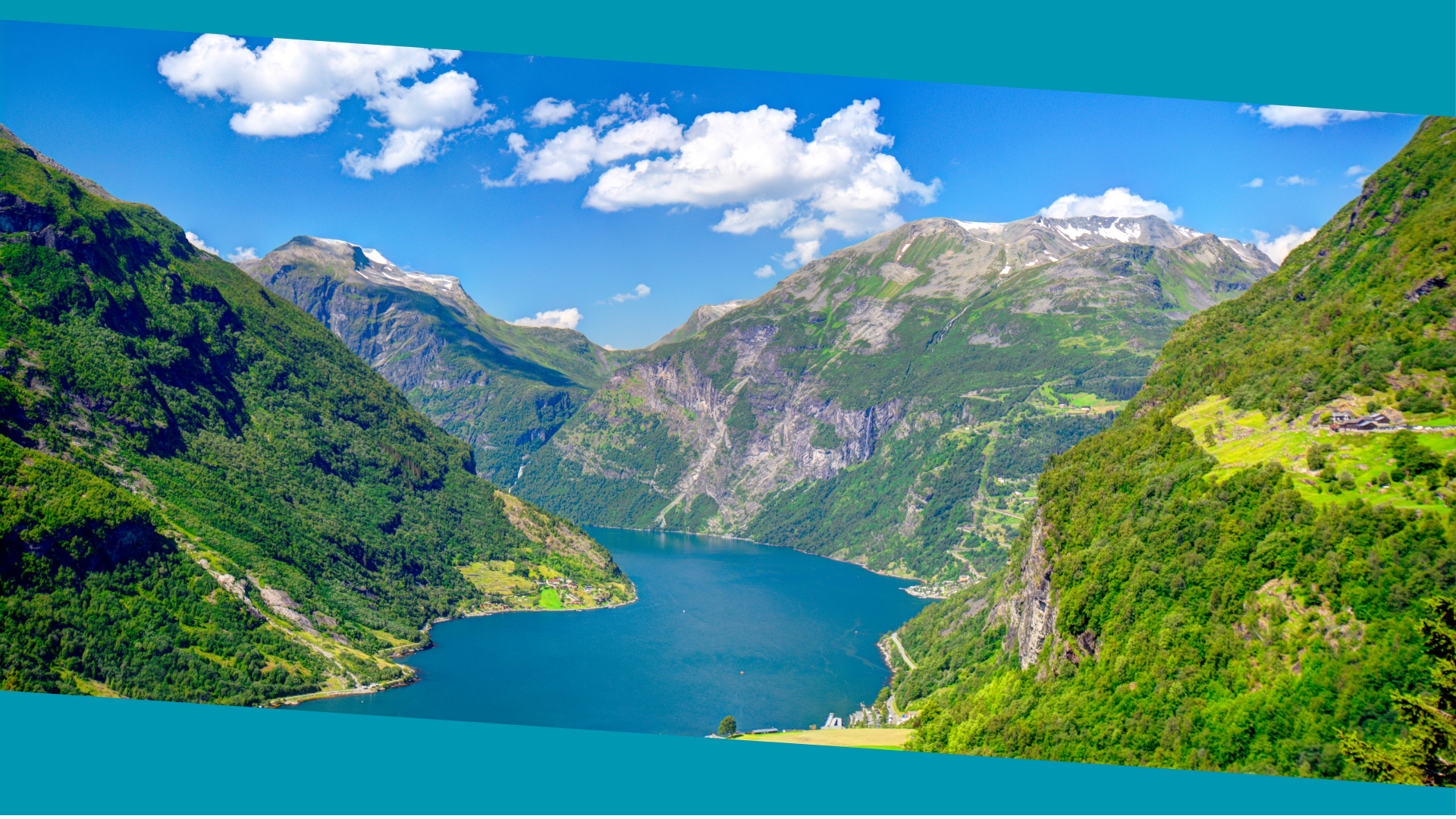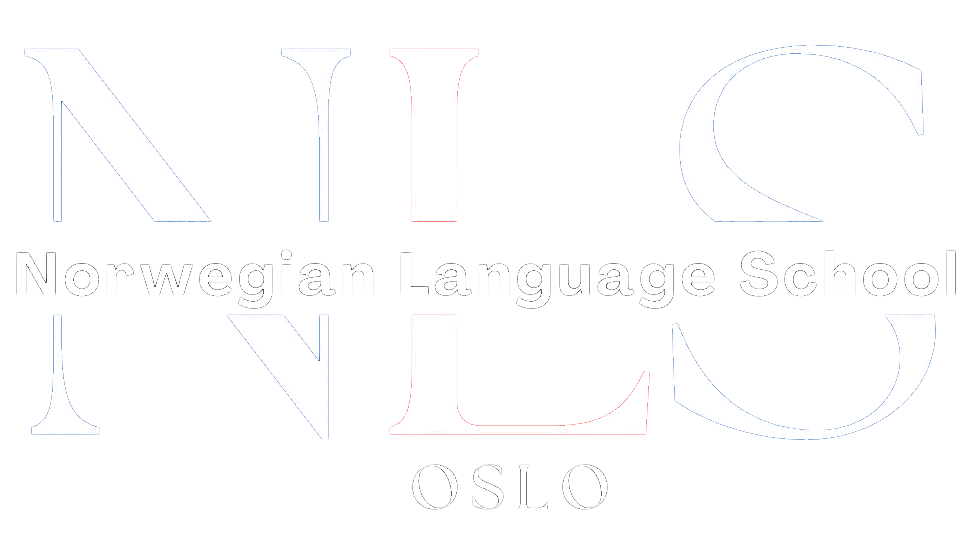

20 Phrases to Describe Art and Culture in Norwegian
Norway, a country known for its stunning landscapes and rich cultural heritage, has a long and fascinating history that has greatly influenced its art and culture. From the Vikings to the modern era, Norway has developed a unique artistic identity that reflects its natural beauty, folklore, music, literature, architecture, cuisine, and national celebrations. Art and culture play a significant role in Norwegian society, serving as a means of expression, preservation of traditions, and a source of national pride.
Table of Contents
ToggleKey Takeaways
- Norwegian art and culture are deeply rooted in nature and folklore.
- Music plays a significant role in Norwegian society, with traditional folk music still being celebrated.
- Norwegian literature has had a significant impact on the world, with authors such as Henrik Ibsen and Jo Nesbø gaining international recognition.
- Norwegian architecture has evolved over time, with a focus on sustainability and blending in with the natural surroundings.
- Traditional Norwegian cuisine is celebrated for its use of local ingredients and flavors, with dishes such as lutefisk and rakfisk being popular.
The Influence of Nature in Norwegian Art
Norway’s breathtaking landscapes have long been a source of inspiration for artists throughout history. The country’s fjords, mountains, forests, and lakes have captivated painters with their majestic beauty and ever-changing light. Artists such as Johan Christian Dahl and Edvard Munch have captured the essence of Norway’s natural wonders in their paintings, showcasing the country’s unique blend of ruggedness and serenity.
Johan Christian Dahl, often referred to as the “father of Norwegian landscape painting,” was one of the first artists to truly capture the essence of Norway’s landscapes. His works, such as “Eruption of Vesuvius” and “View from Stalheim,” showcase his ability to depict the grandeur and power of nature. Similarly, Edvard Munch’s iconic painting “The Scream” is said to have been inspired by a sunset he witnessed while walking along a fjord in Oslo.
The Role of Folklore in Norwegian Culture
Folklore plays a significant role in Norwegian culture, serving as a means of preserving traditions and passing down stories from generation to generation. Norwegian folklore is rich with mythical creatures, legends, and tales that have inspired artists and writers for centuries. These stories often reflect the country’s close relationship with nature and its belief in supernatural beings.
One famous example of Norwegian folklore is the story of the trolls. Trolls are mythical creatures that are said to inhabit the mountains and forests of Norway. They are often depicted as large, ugly creatures with supernatural powers. The story of the trolls has been passed down through generations and has inspired numerous works of art and literature.
The Importance of Music in Norwegian Society
Music has always held a special place in Norwegian society, with a rich musical heritage that spans from traditional folk music to classical compositions. Norway has produced many famous musicians and composers who have made significant contributions to the world of music.
One of the most well-known Norwegian composers is Edvard Grieg. His compositions, such as “Peer Gynt” and “In the Hall of the Mountain King,” are deeply rooted in Norwegian folk traditions and have become iconic pieces of classical music. Grieg’s music often evokes the beauty and grandeur of Norway’s landscapes, showcasing his deep connection to his homeland.
The Impact of Norwegian Literature on the World
Norwegian literature has had a profound impact on the world, with many famous authors and works that have gained international recognition. Norwegian literature often explores themes of nature, identity, and the human condition, reflecting the country’s unique cultural heritage.
One of the most famous Norwegian authors is Henrik Ibsen, known for his plays such as “A Doll’s House” and “Hedda Gabler.” Ibsen’s works challenged societal norms and explored complex psychological themes, making him one of the most influential playwrights in history. Another notable Norwegian author is Knut Hamsun, whose novel “Hunger” is considered a masterpiece of modernist literature.
The Evolution of Norwegian Architecture

Norwegian architecture has evolved over time, reflecting the country’s changing cultural influences and technological advancements. From traditional stave churches to modernist designs, Norway’s architectural heritage is diverse and unique.
One famous example of Norwegian architecture is the stave churches, which date back to the Middle Ages. These wooden churches are characterized by their intricate carvings and distinctive roof structures. The Urnes Stave Church, a UNESCO World Heritage site, is one of the most well-preserved examples of this architectural style.
The Significance of Traditional Norwegian Cuisine
Traditional Norwegian cuisine is deeply rooted in the country’s natural resources, with an emphasis on fresh and locally sourced ingredients. Norwegian cuisine often features seafood, game meat, berries, and dairy products, reflecting the country’s rich culinary heritage.
One famous Norwegian dish is lutefisk, which is made from dried whitefish that has been soaked in lye. This traditional dish has been enjoyed in Norway for centuries and is often served during special occasions such as Christmas. Another popular Norwegian dish is rakfisk, which is fermented fish that is typically eaten with flatbread and sour cream.
The Beauty of Norwegian Landscapes in Art
Norwegian landscapes have long been a favorite subject for artists, with their dramatic mountains, fjords, and waterfalls providing endless inspiration. Throughout history, artists have sought to capture the beauty and grandeur of Norway’s natural wonders in their paintings.
One famous example of a Norwegian landscape painting is “Winter Night in Rondane” by Harald Sohlberg. This iconic painting depicts a snow-covered landscape with a solitary cabin illuminated by a warm light. Sohlberg’s use of color and light creates a sense of tranquility and serenity, capturing the essence of Norway’s winter landscapes.
The Celebration of National Holidays and Festivals in Norway
Norway celebrates several national holidays and festivals throughout the year, which serve as important cultural events that bring communities together and showcase the country’s traditions and heritage.
One of the most important national holidays in Norway is Constitution Day, which is celebrated on May 17th. This day commemorates the signing of the Norwegian Constitution in 1814 and is marked by parades, speeches, and traditional costumes. Another popular festival in Norway is Midsummer’s Eve, which takes place on June 23rd. This festival celebrates the summer solstice and is marked by bonfires, music, and dancing.
The Future of Norwegian Art and Culture in a Globalized World
In a globalized world, Norwegian art and culture are evolving to adapt to changing cultural trends while still preserving their heritage. Norway has embraced new technologies and platforms to showcase its art and culture to a wider audience, while also promoting traditional forms of expression.
For example, the rise of social media has allowed Norwegian artists to reach a global audience and gain recognition for their work. Platforms such as Instagram and YouTube have become popular tools for artists to share their creations and connect with fans from around the world.
In conclusion, Norwegian art and culture are deeply rooted in the country’s history, natural beauty, folklore, music, literature, architecture, cuisine, and national celebrations. These elements have shaped Norway’s unique artistic identity and continue to play a significant role in Norwegian society. As the world becomes more interconnected, Norway is adapting to changing cultural trends while still preserving its rich heritage, ensuring that its art and culture will continue to thrive in the future.

Norwegian A1-A2
Course Overview The Norwegian A1-A2 course is an online program focused on teaching essential Norwegian grammar and vocabulary. It includes a variety of materials and topics, with opportunities to interact with a Norwegian teacher entirely online. Curriculum Highlights The course covers key areas such as grammar and vocabulary and topics such as family, daily life, education, work, traditions, and leisure activities. Who Should Enroll? This course is perfect for beginners or those at the A1 or A2 levels who want to improve their Norwegian skills. What You Get Access to the full Norwegian A1-A2 course. A monthly 1-hour online conversation with a teacher. Many written and oral assignments. Comprehensive information on Norwegian grammar, Norwegian vocabulary and how to use them, important sentence structures, etc. Tips on additional resources to further enhance your Norwegian learning.
0 students enrolled
Last updated Dec 10th, 2024
If you want to learn Norwegian, you can register for classes here. We look forward to hearing from you and helping you become fluent in Norwegian.





